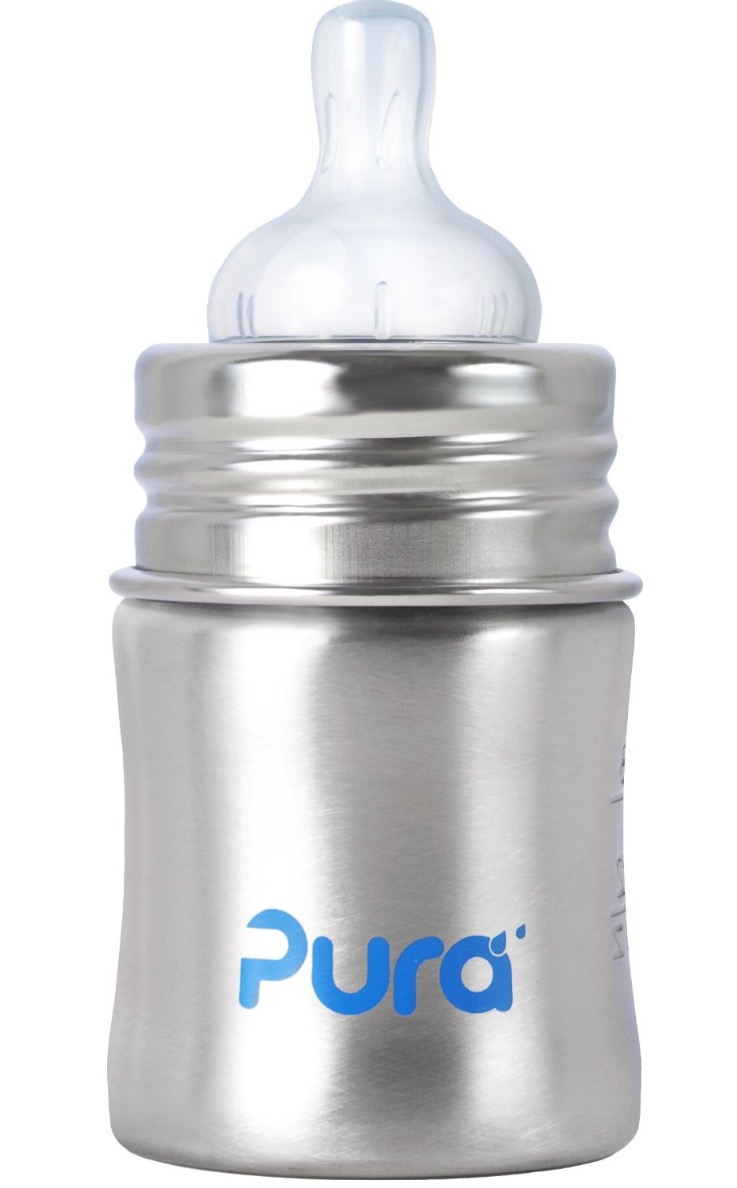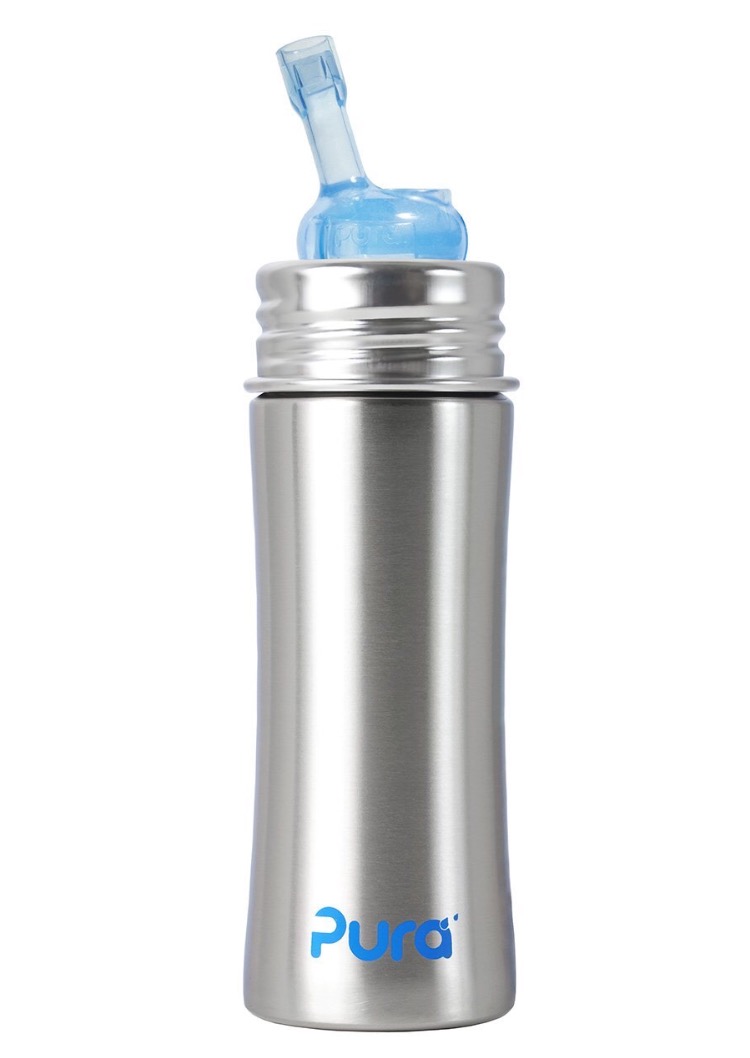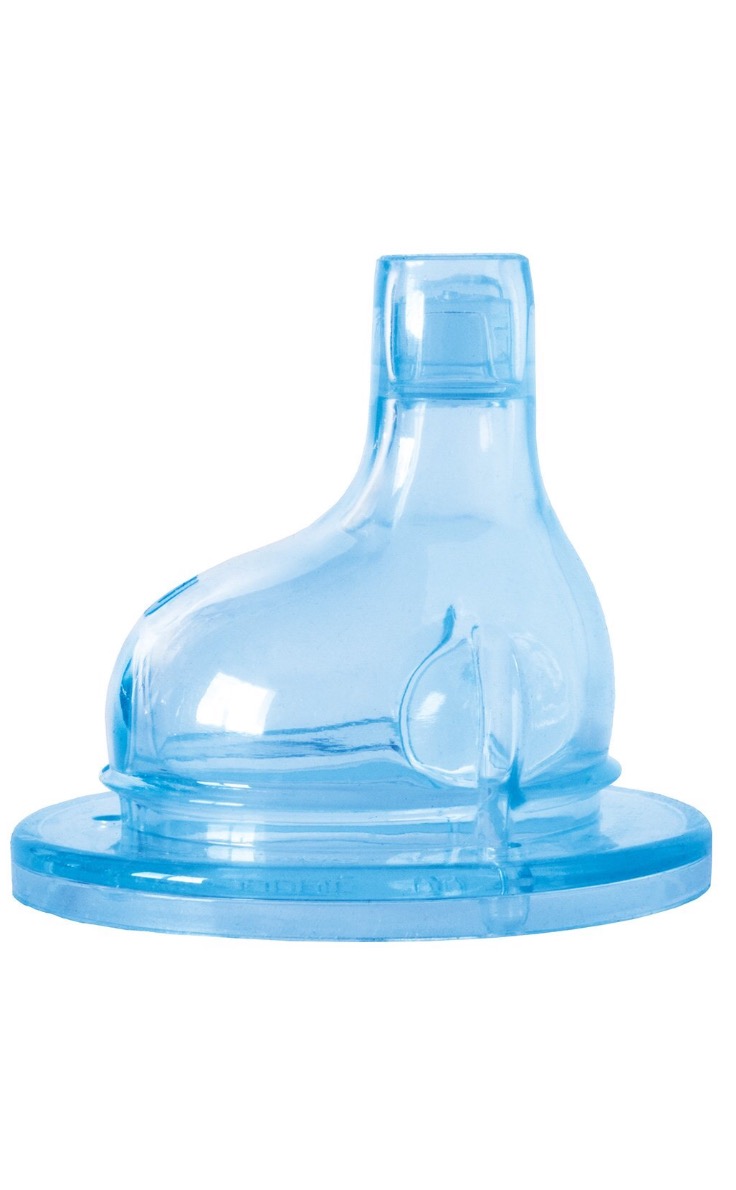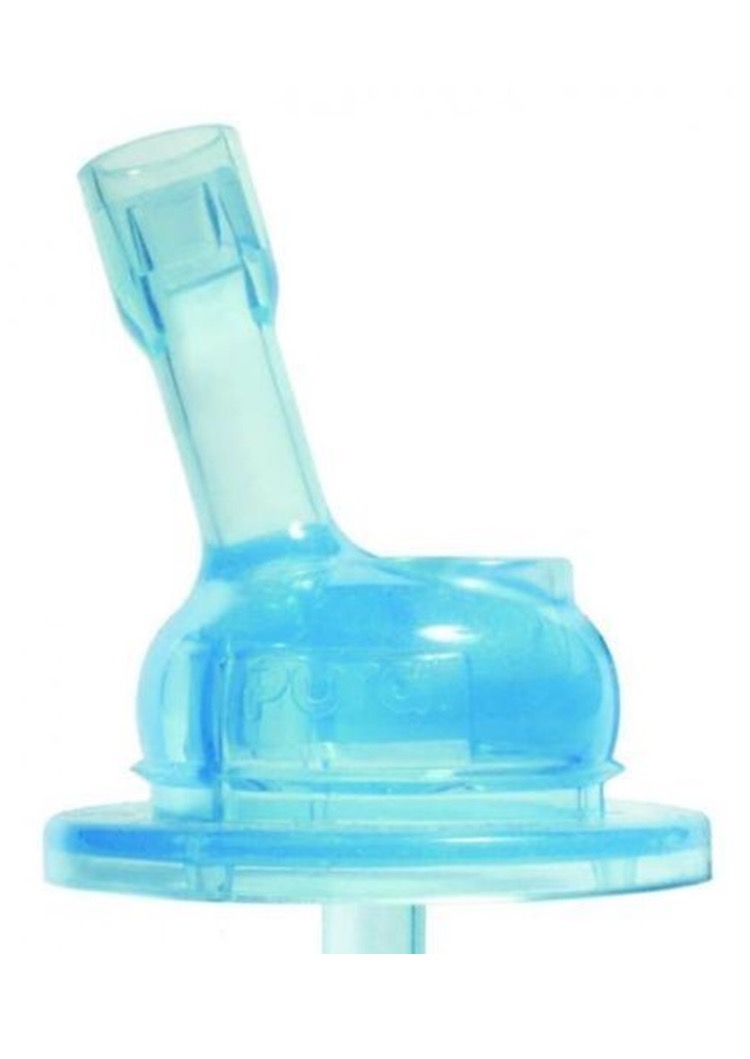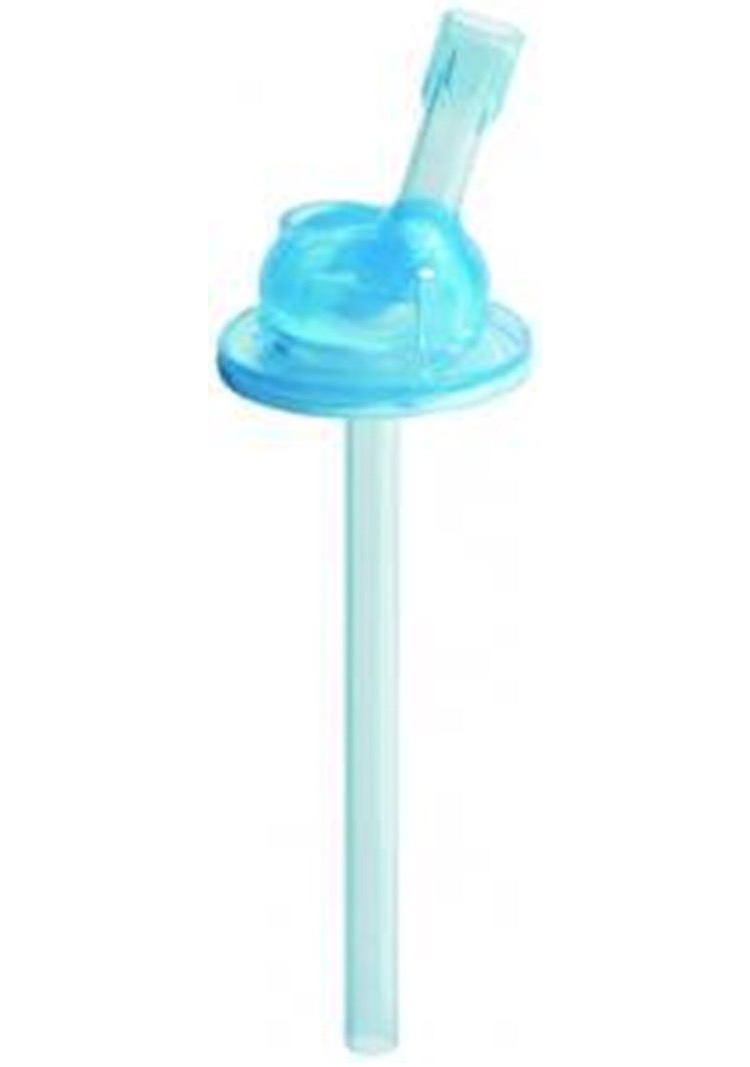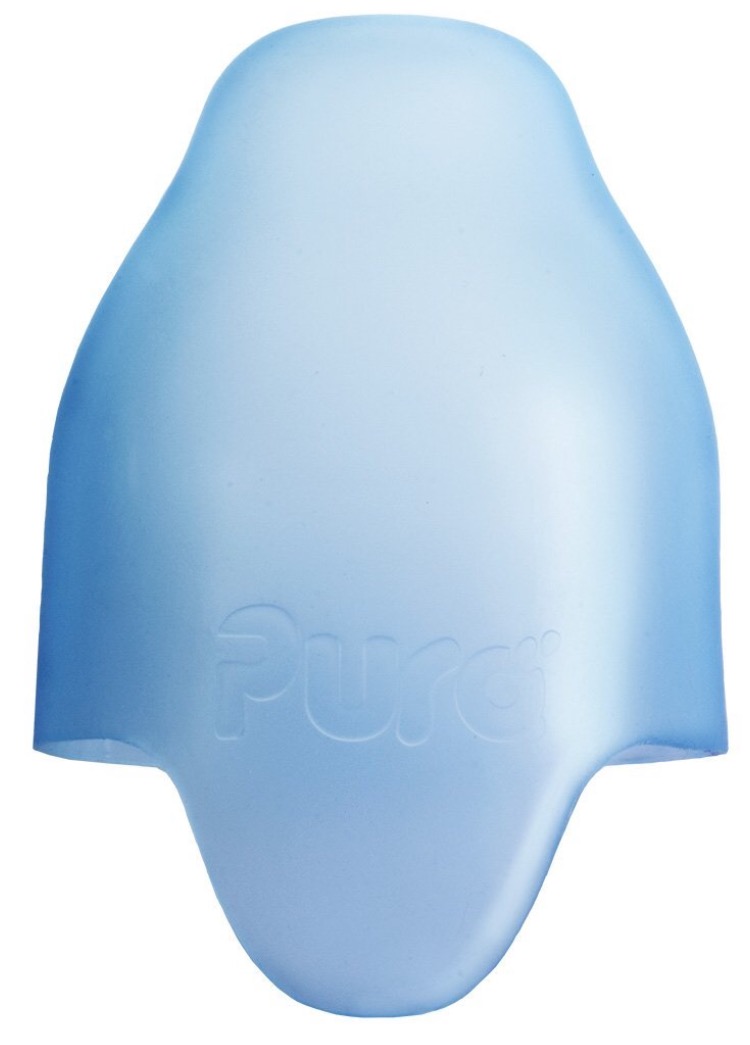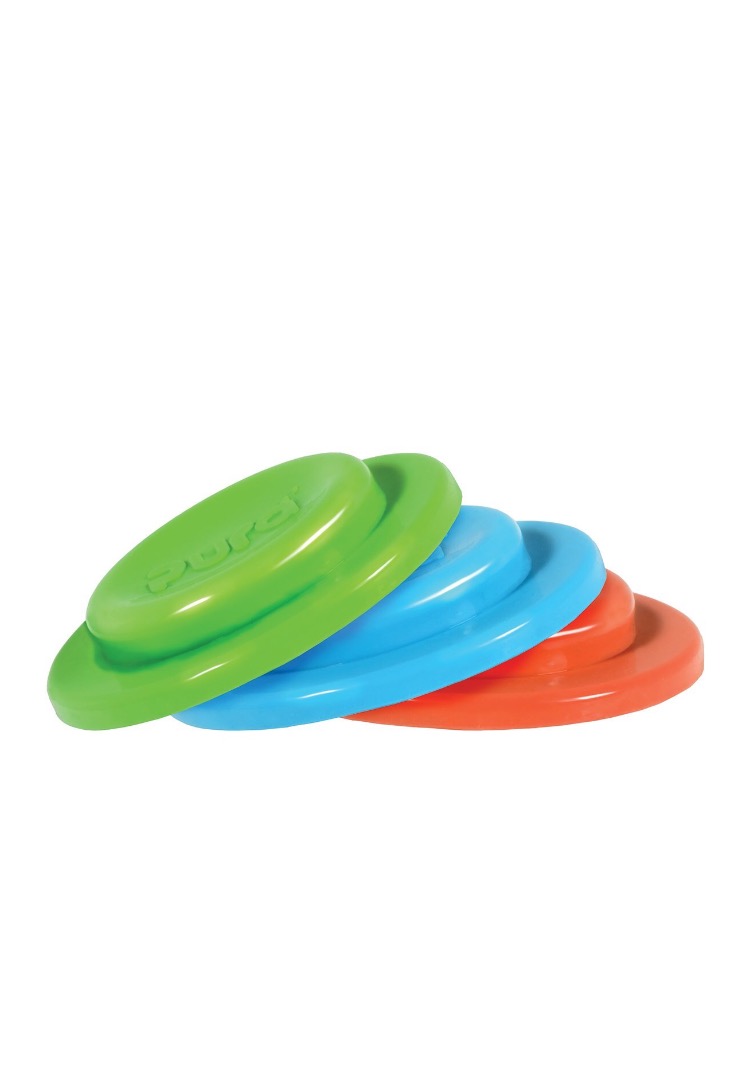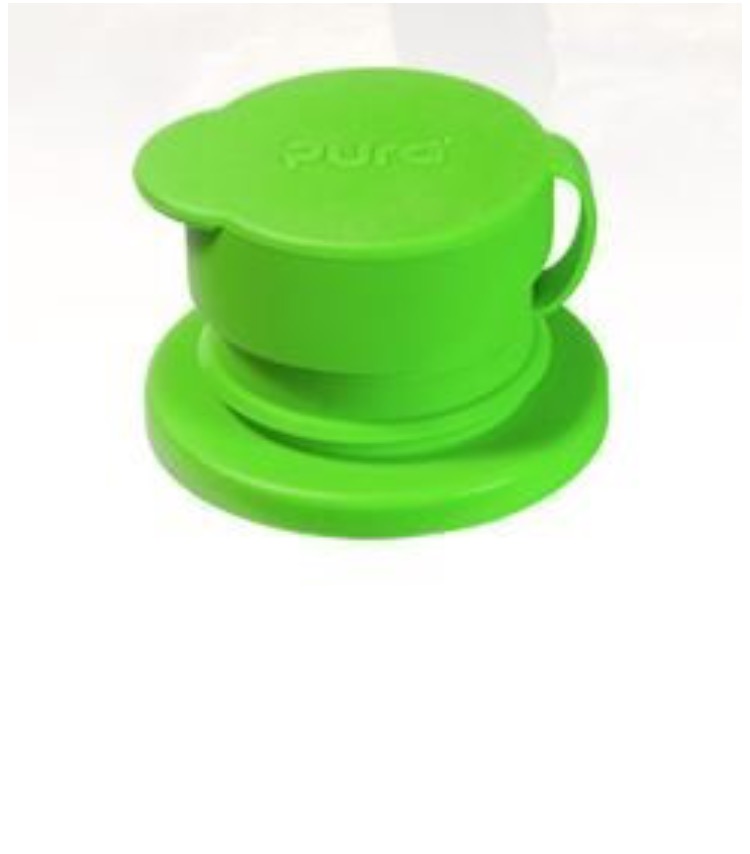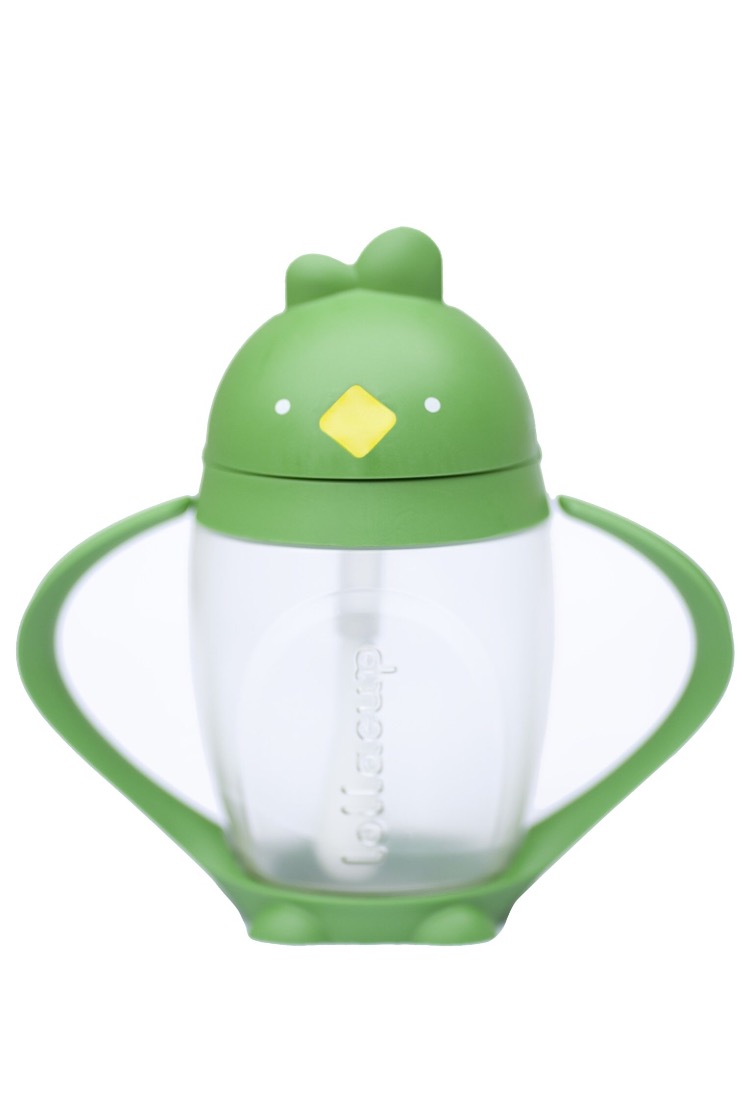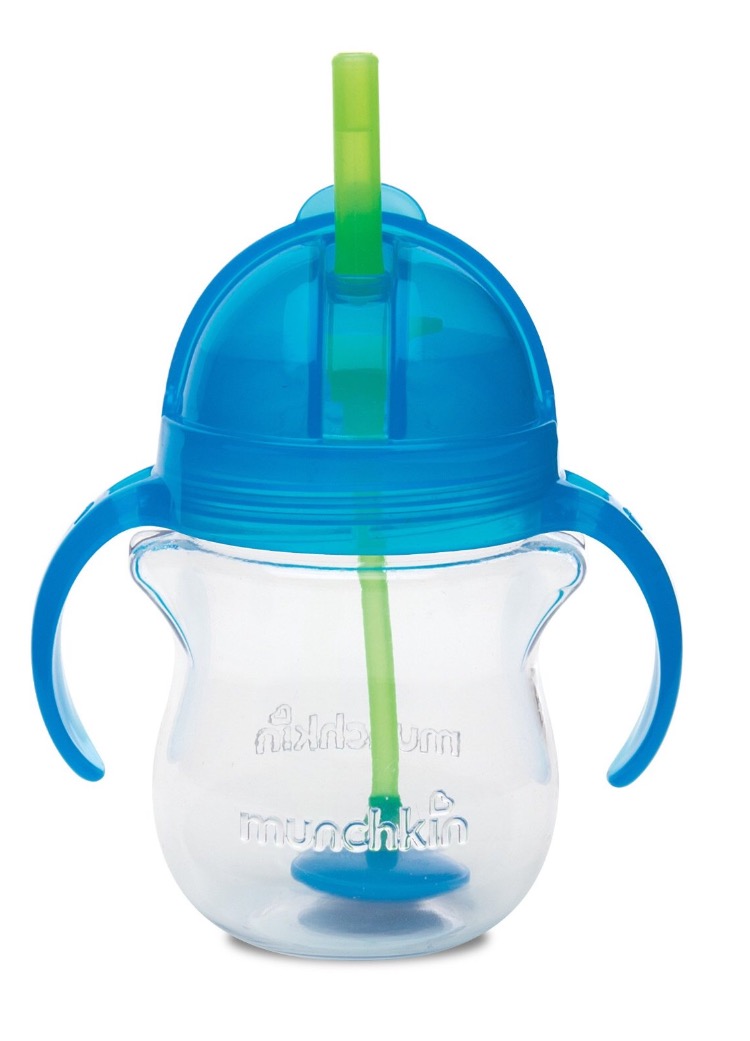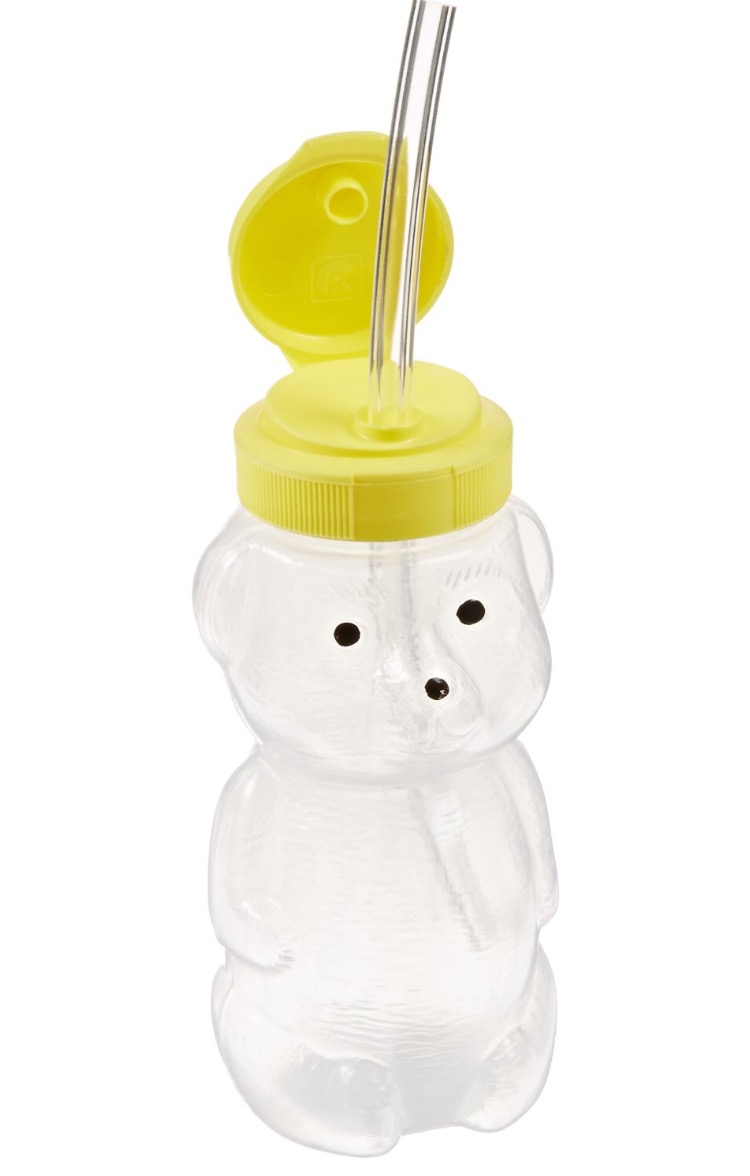Updated: The Best Sippy and Straw Cups (including a silicone, stainless steel, plastic-free one that doesn't leak)
/I can't get over how many threads there are in my mom groups about sippy cups. And for most every thread there are about thirty opinions (and a photo of the moldy innards of a cup). I found one cup that works for most stages, is free of plastic, easy to keep clean and doesn't leak. I go into great detail about it in this post but also include details on cups for other stages and some other popular cups. And I've updated this post in February of 2017 with details on lead concerns and a new stainless cup. Click on any image on this page for additional details.
This post contains affiliate links. Please see the Disclosure page for additional information.
If you don't have patience to read the entire post, here are the products that I recommend for babies through preschoolers (more details on all below):
Summary: I find it easiest to transition from a bottle with this straw cup, which can be used for milk or water. At about age 1-1.5 this cup in plastic or stainless steel for milk and also initially for water, and at about age 1.5-2 I would switch to this cup for water (available in plastic or stainless steel, and these replacement straws from another brand ).
Lead concerns: In January 2017 reports came out that there are low levels of lead in certain insulated stainless steel cups and the paint on this cup. If you find a dot at the bottom of your insulated stainless steel cups, this indicates that it contains lead. Contact the manufacturer. This was an issue with an old version of the Pura Kiki cup and other cups.
First Learner Cup
My doctor recommended that we introduce water at six months (2-6 oz/day). This cup is great as a first "learner" cup because the handles make it very easy for baby to grab, tilt and bring to his mouth. I used it very briefly.
Sippy / Straw Cup
My Favorite All-in-One Cup
When my son was younger I would use the Brilli or Lil Sidekick leash to keep the sippy cup from falling off the high chair or out of the stroller. See how it dangles upside down without dripping at all? You can buy the leashes by clicking here or here.
The Pura Kiki, is entirely stainless steel and silicone.
Babies have an easier time with a spout cup than a straw because the spout is more similar to a bottle nipple. Using a spout for a prolonged period can, however, lead to speech and dental issues (if you don't trust me on this, google "open bite"). For these reasons I started out with a spout but switched pretty quickly to a straw.
You can think of Pura Kiki as a system. Below are images of the various components (click through an image to purchase or read on for more details). Note that I included multiple photos of some items in different views and you don't necessarily need all of these items. Read on for a better understanding of which products are right for you.
The cup part comes in two sizes and can be used interchangeably with a nipple, spout or straw on Pura Kiki cups (though the cup that you purchase will come with only one of the three, so you will need to buy the others separately). There are two components that I have not tried -- a silicone sports flip top so that you and your older kids can use the bottle too, and a snack top, so you can use the bottle to hold puffs and other snacks. I think this snack container from a different brand is much easier for toddlers to manage (though it is plastic).
Pura Kiki products are on the expensive side, but they are easy to clean, and last through multiple stages (see preceding paragraph) and kids, and best of all, they DO NOT LEAK! I attach one to the high chair with this strap and it hangs upside down off the side of the high chair throughout most of mealtime with no water on the floor (see images above).
I should mention that when my son shakes the cup vigorously some milk may bubble out through the straw. This is an air pressure issue and I don't consider this leaking.
Pura Kiki bottles/cups come in two sizes. I recommend starting with the small and switching to the large later (unless you plan to use it as a bottle, in which case you might want to start with the large right away).
The Pura Kiki straw comes with two pieces and can be used two ways. There is an external straw that you can use on its own, and your baby would have to tilt the cup back to get water out. You can also insert the included internal straw, which would make it work more like a traditional so that your baby can sit upright to drink. One thing to note about the straw is that the internal piece comes only in the length that fits the large cup. You can trim it to fit the small.
I cut mine in half thinking I would then have straws for two small bottles. The halves ended up being a little short so the baby can't get to the last ounce. You could go this route or trim it more precisely and have only one straw.
Pura Kiki cups come in a variety of colors or in "natural stainless steel." I've heard that the fun colors chip in the dishwasher. The brand's response is that they are only top rack dishwasher safe. I personally have been putting my "natural stainless steel" ones on the bottom rack daily for over a year. I think they come out much cleaner this way.
Pura Kiki sells a silicone insulating sleeve for their bottles. Click here for the sleeve that fits the small bottle and here for the large. I have the sleeve and have used it only a few times. It is a bit tricky to get on -- you need to use a drop of dish soap or hand sanitizer to get it to glide on. It isn't that difficult, but only seemed worth the effort if we were going on a long outing on a very hot day. I'm including it here just for the sake of completeness. Typically if we are going out for a few hours, I instead put it in this cooler, it won't zip completely with the tall bottle but it is good enough. See this post for more great uses for this cooler.
The one inconvenience of the Pura Kiki cups is that the cap isn't integrated. In some ways this is preferable because it means it is easier to clean properly. On the go and for daycare, however, an integrated cap can be more convenient.
These name labels stick on the cups really well and don't come off in the dishwasher. Labels won't stick to the silicone caps so I just write my son's initials with a Sharpie and need to redo it every few months.
There are reports of an early version of this cup containing lead. Unless your cup has a dot on the bottom, it should be fine. If you have any issue or concern, call the brand.
Other Popular Straw Cups
I have at least one friend who swears by each of these but I haven't tried any of them (scroll down a bit further for images).
Lollaland Cup (one of my friends swears by this one, another days that it is a great learner cup because it works even when held at an angle, but online reviews are mixed)
Oxo Tot (cheap and a good choice for day care because the cap is integrated)
Philips Avent (very similar to Oxo Tot)
Zoli (I've seen photos of mold inside this one so I would avoid it)
- Green sprouts (has a glass insert, so supposedly plastic doesn't touch the water). **UPDATE: There are reports that this cup contains lead. I wouldn't buy or use. If you have used it, don't fret as the lead likely did not come in contact with your child's drink.
I've heard that these teddy straw cups can work wonders for a child who has trouble getting the hang of drinking from of a straw.
Silikids sent me some cups, silicone covers and silicone straws. They are good products but my son pulls out the straw and ends up making a mess. The straws can be trimmed and make a great replacement straw for the Contigo water cup, as described below.
People complain that many straw cups leak and that it is worst when the temperature of the contents changes such as if you put cold milk in the cup and then warm the cup.
Keeping Straws Clean and Free of Mold
Straws are prone to developing mold inside. I like this dishwasher basket because it has slots for straws so it keeps them upright in the dishwasher and the water drains out easily. You should also buy a sippy straw cleaner (click here to see a few options). You should examine your straws carefully and replace them if you notice any mold. I used my Pura Kiki straws for over a year and never noticed any mold. I think this straw is wider than most, which allows it to dry more thoroughly.
Transitioning to an Ordinary Cup
At some point you will want to transition your child to a regular cup (or he may insist on one). This phase can be particularly scary if your little one is prone to knocking his cup over (or likes to turn it over or throw it when done).
For milk:
The Miracle 360 cup can help with this transition. It comes as a 7 oz "learner" with handles or 10 oz without handles. This cup is spill resistant and relatively easy to clean. If your child is set on making a mess with it, he will figure out how to accomplish that (such as by throwing it across the room). This cup has plastic parts, but I haven't found a plastic free alternative. Please let me know if you find one! I introduced this cup on occasion at six or seven months.
UPDATE: My son is two and has been drinking his milk from this for a year. I've been hoping that the brand would introduce a stainless version and they finally did! You can find it here. I didn't like to use the plastic one for water (as water tends to sit in a cup for longer periods and at room temperature, increasing the likelihood of chemicals from the plastic leaching into the water), but I would consider the stainless steel for water.
For water:
When my son was just over 1.5 I introduced this cup for water (I use the stainless version, the plastic one is less expensive). It's a fantastic cup and I expect to continue using it for years. The straws that it comes with are just OK, and I tossed them and replaced them with these straws as they are easier to clean (you just need to trim them to the right height).
Another alternative is the GreenPaxx Universal cup lid with straw. You can buy extra straws here. The caps and straws seem great for older toddlers and adults.
Silikids also makes some silicone alternatives for all ages.
Contigo trekker cups, the Fogo Insulated Thermos, and Camelbak 4L water bottles are also popular for school-aged kids on the go.
Did I miss any good cups?






